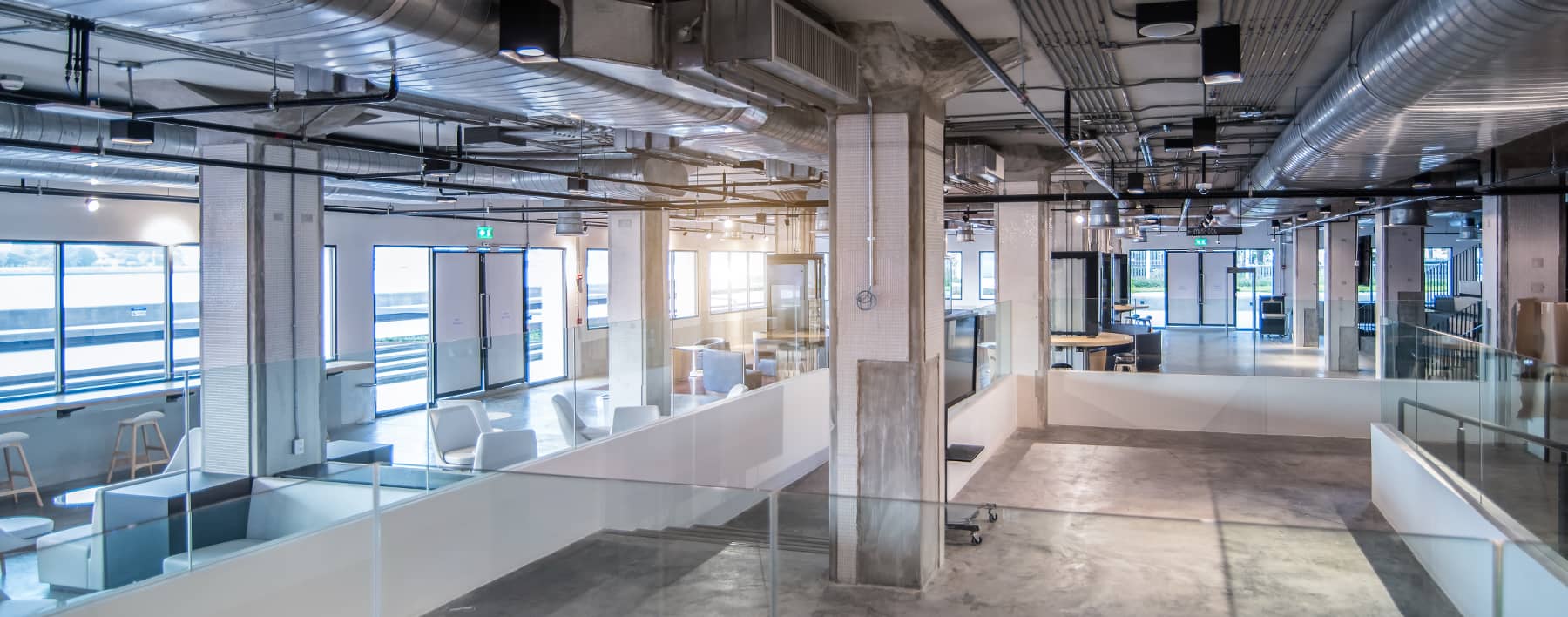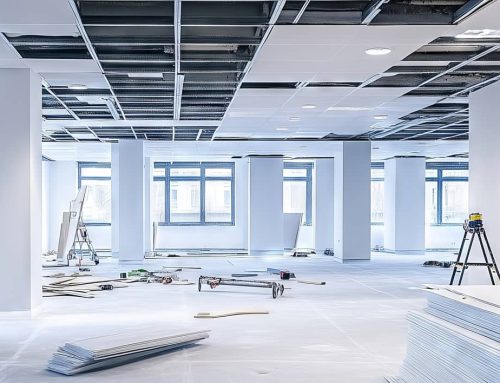We expect to see a lot of new innovations and changes in the commercial construction industry this year. Below are our top 5 trends to look for in 2023.
1. Green Buildings
The construction industry plays a significant role in fossil fuel emissions, contributing to climate change, one of today’s hot-button issues. However, with an increasing awareness of the severity of climate change, the construction industry is taking real steps to reduce its impact on the environment. In 2013, green buildings accounted for only 8 percent of total construction spending. By 2025, it is predicted that over 60 percent of all new buildings could be labeled net-zero ready or capable of being built with zero carbon emissions.
In the commercial construction industry, there is a growing trend towards green buildings and for a good reason. These types of buildings are designed to be more energy-efficient than traditional ones, and better for the environment. As a result, sustainability will be key for the construction industry in 2023. Industry business leaders are seeking ways to minimize material waste resulting from demolitions, switching to eco-friendly building materials, and choosing locally-sourced building products.
2. Modular Construction
The commercial construction industry is taking note of a new trend: modular construction. In modular design, a building is constructed offsite and then put together on-site. Modular design is all about efficiency, which allows for a shorter construction schedule, a greener building process, and smarter design.
Modular buildings meet all of the same codes as conventionally built structures. Still, the construction time can be cut in half, making modular design appealing to contractors and their clients. This design method takes construction offsite and into controlled factory environments with almost zero risk for interruptions due to weather. And because modular construction can happen simultaneously as on-site work, there’s no waiting for other teams to complete their tasks. The modular building process is also more sustainable by creating less waste. Building crews can recycle used materials and control inventory.
3. Project Planning Technology
Technology influences nearly every aspect of the construction industry. And perhaps the most popular tech today is Building Information Modeling (BIM). BIM reimagines the construction design and production process before it even begins. This design technology allows the user to create a virtual building model. In addition to improving design and drafting efficiency, BIM saves everyone on the project time and money. Coupled with BIM, the industry is also exploring augmented reality (AR) – a new technology that is becoming increasingly popular in commercial construction. This technology overlays digital information onto the real world, allowing people to visualize what something looks like before it is constructed.
Technology will also play a key role in streamlining the collaboration and communication between parties on commercial construction projects. One way to foster this mindset is to implement construction management software. More and more companies are adopting these software platforms, giving them the ability to send and receive documents for approval, share drawings, and update budgets from anywhere in the world. Smart contracts will also play a part in the direction the industry heads in the near future. These technologies enable crews to provide accurate photo documentation and data from job sites, apps, software, cameras, and sensors to trigger lien waivers, invoices, and payments with clients, contractors, and inspectors, allowing some aspects of the project completion to occur offsite.
4. Operations Technology
Smart technology is also becoming an expectation, not a luxury for business and property owners. Property management is a time- and resource-intensive endeavor, but technology is here to help you reduce your operations costs. Many of these start with indoor sensors, a system of devices that communicate where people are in your building throughout the day. They can help you schedule services like cleaning and maintenance around the building’s operations to minimize disruptions. You can also make data-driven decisions to optimize lighting, heating, and cooling.
Additionally, smart lighting, smart security systems, and smart thermostats can be controlled remotely, giving property managers the ability to adjust the building’s fixtures remotely and much more quickly. Used effectively, these can help you reduce costs for utilities and resource management and are applicable to a wide variety of spaces across many different markets.
5. Shrinking Workforce
It’s not a new story, or a positive trend, but the labor shortage continues to plague the construction industry, and 2023 looks to be more of the same. Though the need for construction companies is growing, the workforce that powers this industry is shrinking. With fewer young people in the trades, the shortage has been exacerbated by increased construction spending and more projects. Since 2014, construction job openings have increased by 50 percent, but the number of new employees in the industry is only 14 percent. This means construction employers will likely need to pay their workers more just to add them to their ranks. Or, construction companies must find new, efficient ways to continue providing building services. Construction companies, and the industry as a whole, must innovate to make up for decreased workers. This can be through high-tech equipment, automation, or other building innovations that allow companies to complete projects without relying on a large workforce to get them all done.
Bonus! Commercial Color Trends
The Colormix® team at Sherwin-Williams has put together a 2023 forecast of trending colors for commercial construction. The idea behind these colors is to create team building spaces that encourage socialization and help foster work relationships in addition to restful, quiet spaces where employees can spend focus time or take breaks throughout the day. Click here to view the 2023 commercial color palette from Sherwin-Williams.




